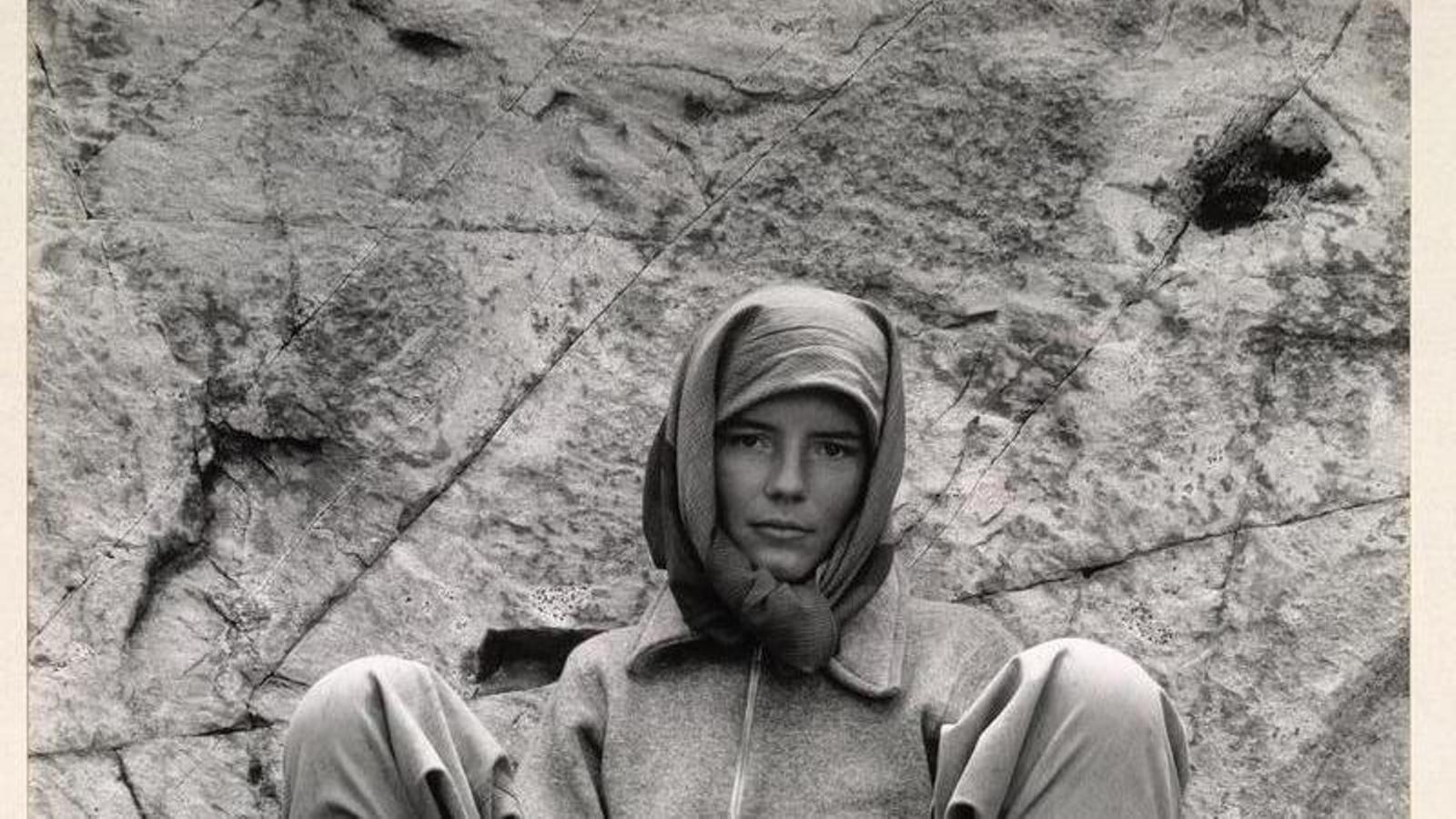The modern gaze of photographer Edward Weston
The KBR center exhibits some 200 works from the career of this pioneering artist.


BarcelonaThe American photographer Edward Weston (1886-1958) began his career with the idea of earning a good living dedicating himself to commercial photography. But his dream was to take creative photographs. He achieved this, and became one of the most important photographers. Weston was one of the pioneers who a century ago broke away from the pictorialist tradition of photography to forge his own language. One of his most celebrated works is the image of a pepper transformed into an abstract motif. "It's a completely satisfying classic: a pepper, but more than a pepper. It has no psychological attributes, it doesn't arouse human emotions: this new pepper takes us beyond the world we know in the conscious mind," said the artist. "Weston was someone who was deeply dedicated to his art, and who at a certain point decided to live in very difficult conditions to pursue his dream," explains the exhibition's curator, researcher and professor Sérgio Mah. "In this, he is a very exceptional example for the times we live in," he adds.
The exhibition dedicated to him the Kbr center of the Mapfre Foundation, Edward Weston. The Matter of Forms, consists of two hundred works and will remain open until August 31. To realize it, the Mapfre Foundation has received support from the Center for Creative Photography at the University of Arizona, which has loaned a portion of the works on display, while others come from California museums, such as the Getty and the Huntington. "Although he was born in Chicago, Weston developed his personal and creative life primarily on the West Coast of the United States," says the curator.
Mexico's turning point
The modernity of Weston's photography began to be evident in the works he made during a trip to Mexico. "It was when it was a very culturally and politically dynamic place, and it changed his life," says the curator. "Weston is a very important figure in the history of photography because, in the late 1910s, he realized that interested artists should seek out their own space," he adds. In Mexico, Weston worked on the constants of his work: portraits, landscapes, and architecture, and also became interested in pre-Columbian culture and folk art. "There's a radical change from his earlier photographs. He detailed the subjects that interested him, without any mannerisms," says the curator. "A very important fact is that for him there was no hierarchy between subjects," he emphasizes. "The landscape was no more important than the portrait, nor the portrait more than a nude, and the nude was no more important than the photograph of an object. He had the eye of the modern photographer, the ability to look at any point of view and reconfigure it into something fascinating."
Weston was keyly influenced by the poet Walt Whitman and his vision of beauty, not as a natural property but as a "cultural concept." "The photographer's art lies in how to play with the gaze on things, using photography's ability to frame, work with depth, focus, and control exposure time. And thus, transform the three-dimensional world into a two-dimensional plane," says Mah. One of the best-known examples is a toilet bowl that obsessed Weston because it reminded him of a woman's body. "His photography is based on the possibility of intensifying perception through the image, to the point that you look at one thing and it seems like something else, as happens with poetry," he explains.
For Weston, beauty was based on "the quality of attracting attention," not on a harmony inherited from painting. The photographer explored the female nude, treating the woman's body as an object that could be approached in a variety of ways, without wishing to suggest eroticism. "He was obsessed with the forms that emerge from the play between the body, light, and shadow," explains Mah. Weston was a member of the legendary Group of 64, which championed clean, direct photography, but over time his images acquired a greater psychological density, as can be seen in the photographs of abandoned buildings and cemeteries he took for a project on Whitman's book. Leaves of grassWeston spent the last ten years of his life in a wooden house built by his son, with the daily routine of going out with his camera to take photographs of trees, rocks, and other objects he found. "Looking at nature, at geology, gave him a very long perspective on time," says Mah. The last photo he took, undermined by Parkinson's disease, was of some rocks at Point Lobos.
